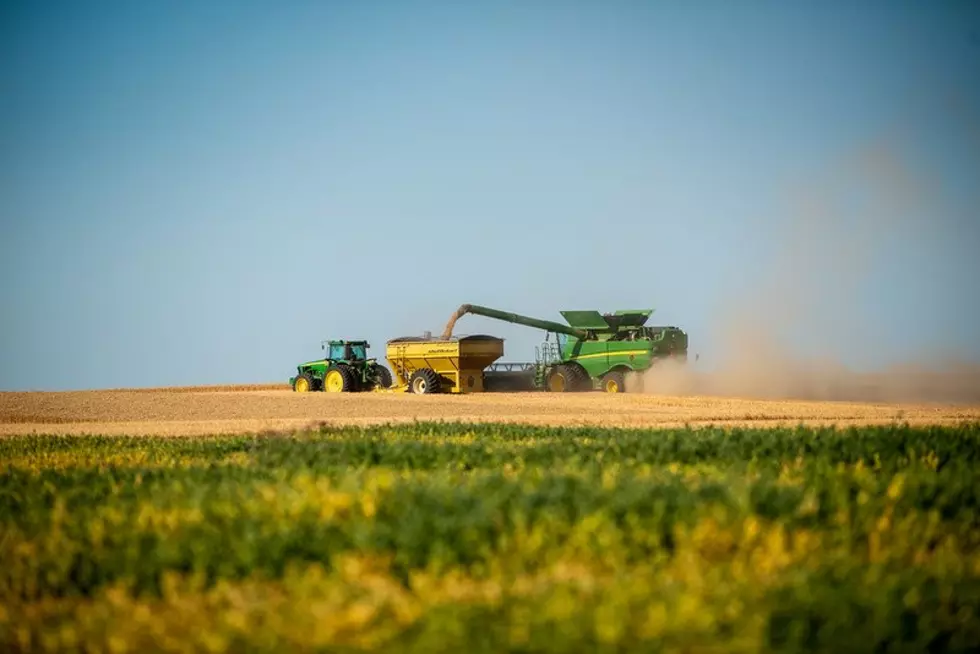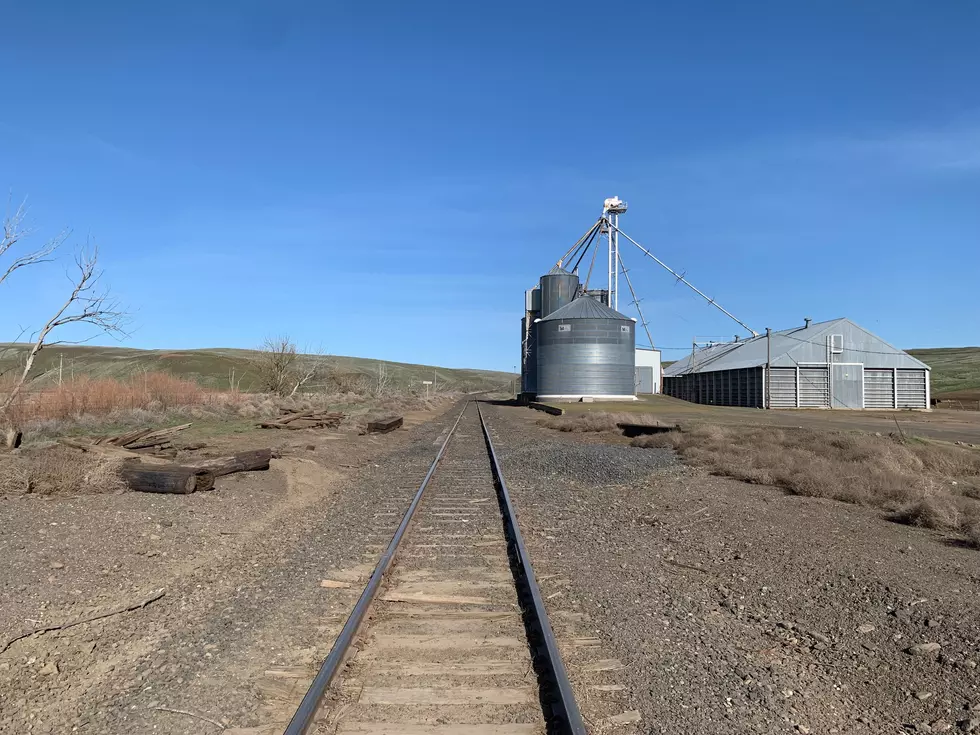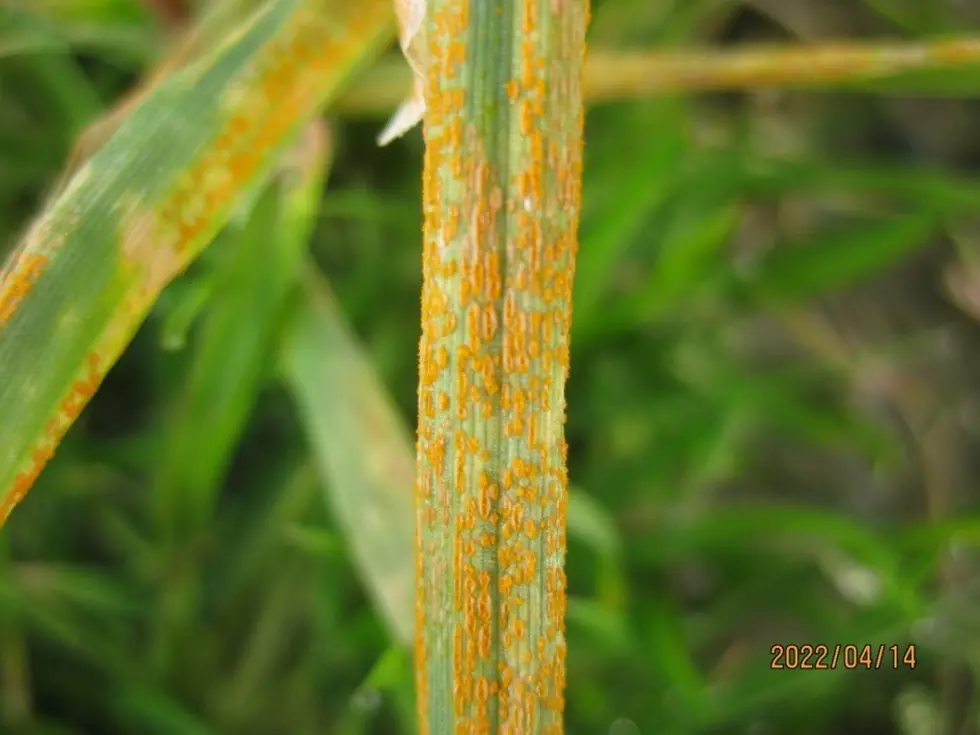
WSU: Stripe Rust levels Starting To Increase
According to the latest stripe rust forecast by Washington State University, levels across the Northwest remain low, but levels of stripe rust are starting to increase. While stripe rust has been reported in some locations, the frequency is low, espeically when compared to last year's figures. This most recent update focused on Adams, Douglas, Grant, Lincoln, and Whitman Counties.
No rust was present in most fields; some fields had a few pustules with spores, and only one field in Lincoln County exceeded the 5% threshold for fungicide application. Although stripe rust was not found in any commercial fields in Whitman County, rust is present in experimental field plots.
This season appears to be typical of a non-epidemic year for stripe rust, which is a real change from the past few seasons.
WSU says this good news should not encourage complacency. Weather conditions these past few weeks have been conducive for stripe rust infection. Growers and field consultants should continue to actively scout fields and consider a fungicide application when 5% rust incidence or severity is found. Susceptible varieties rated 5 to 9 in the Seed Buyer’s Guide will likely need a fungicide application, especially if one has not been made already. Intermediate varieties rated 4 to 5 may or may not need an application depending on weather conditions, growth stage, and whether a fungicide application has been made already. Fungicide application should not be needed for winter or spring resistant varieties rated 1 to 3.
You can expect 3 to 5 weeks of protection (20 to 40 days) from a fungicide application, depending on the product and number of active ingredients it contains. In general, products with more active ingredients will provide longer control, depending on application rate and resistance reaction of the variety. It’s also important to remember that the fungicides used for stripe rust control have different growth stage restrictions and preharvest intervals for application. Winter wheat in the drier areas is likely approaching flowering (anthesis), which is the first cut-off for several products. Make sure to read the label prior to application.
Stay tuned, there may be one more rust update as conditions change. In the meantime, you can find additional information on stripe rust, including photos showing rust percentages and a table listing fungicides with their active ingredients, use rates, and growth stage restrictions under the Foliar Fungal Diseases in the Disease Resources section of the WSU Wheat and Small Grains website.
For questions or comments E-mail Tim Murray or call (509) 335-7515.
If you have a story idea for the Washington Ag Network, call (509) 547-1618, or e-mail gvaagen@cherrycreekradio.com
More From PNW Ag Network









